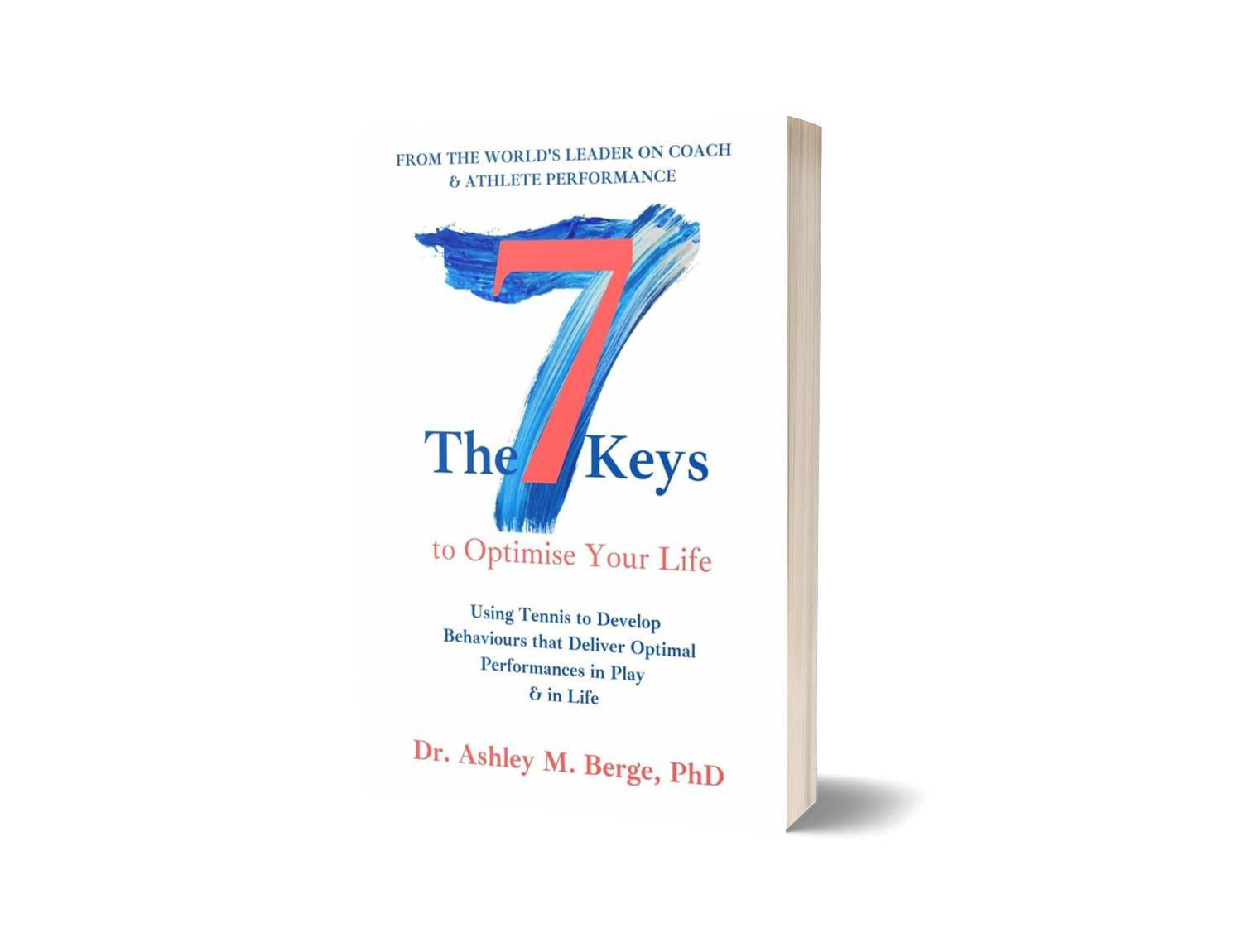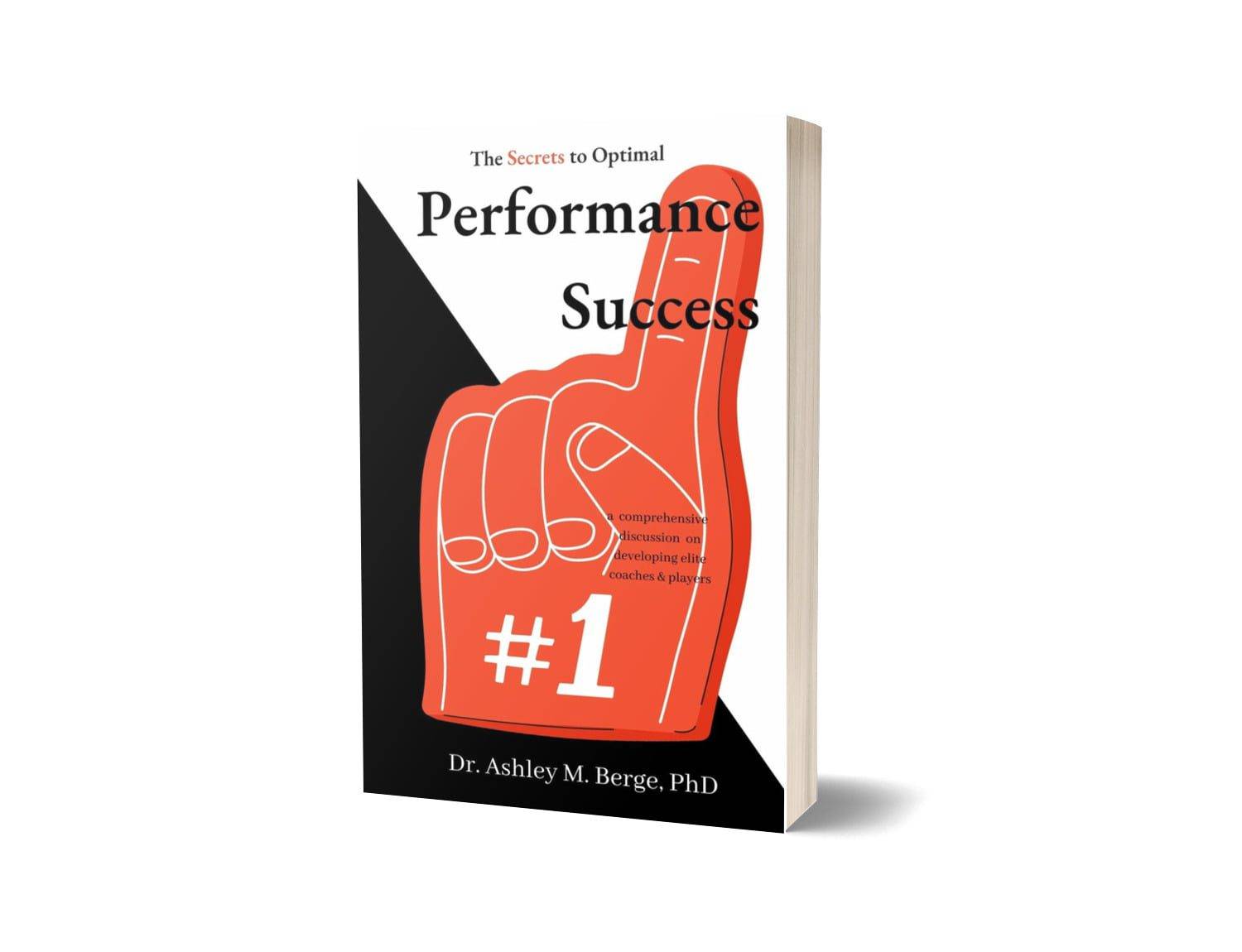How a tennis player sees themselves matters. How an individual sees themselves matters. How a human sees themselves matters. And this includes how a child sees themselves — it matters. Irrespective of the level of play, oftentimes this level is associated with a players/athletes self-worth. This needs to stop. How a player/athlete sees themselves starts from an early age and stay with them as they mature — shaped by those they’re exposed to and the commentary of those around them. Unfortunately, it is not always positive. At the same rate, those that are ‘around’ a player/athlete can be incredibly broad due to the role of social media throughout the past decade which has grown to influence developmental players/athletes and higher — impacting the way they see themselves.
Whilst this topic is a significant one in itself and is much broader than the tennis courts and/or developmental cycle of a player/athlete, it is just as important and applicable. The commentary of those around a player/athlete can be controlled to an extent when they’re in an environment where they feel safe, valued and heard. It remains a coaches responsibility to shape this environment and to ensure it is conducive to not simply a player’s performance but also their general wellbeing which happens to include their self-worth.
This means the language used around players/athletes matters. It is also means any commentary of a players/athletes body is not applicable — it is out of bounds. And this applies for coaches and fellow players/athletes.
It should be common knowledge that comments on a child’s and/or adolescents body is off limits. Those inside this demographic are often within the developmental cycle — progressing through their initial 10 Years of Play and adhering to The Pathway before they undertake The Long Game after this initial period. For those players/athletes who are in their ‘second’ decade of play, this doesn’t mean that they’re any less susceptible to this commentary and/or that it is appropriate. Rather, the commentary oftentimes is amplified with misconceptions around performance metrics and progressions associated with being, for example, smaller and/or more muscular.
Once a player/athlete progresses to that next level and they’re beginning to nudge closer towards the Top 10 — be that Top 200 to Top 80 as their sights are set on steadily progressing, they’re also more exposed to a larger audience and safeguarding players/athletes should still remain front and centre irrespective of the stage of development. By all means, the younger a player the more vulnerable and concrete steps should be in place to ensure the players/athletes overall wellbeing is front and centre. However, the message remains clear…
…safeguarding players/athletes is a priority throughout these years be it 6 years of age through to 16 years of age (plus) it remains absolutely the number one priority ‘behind’ performance.
How does this relate to body image through to self-worth? Simple. A players/athletes appearance needs to be off the table — removed from the equation. It is the performance that counts. Commentary on a players/athletes body image can cause negative emotions for their self-worth. The same applies if a players/athletes performance it put before their self-worth. And I get it — it can get a little tricky and confusing but not if the correct protocols are put in place and followed. At the end of the day all players/athletes should be treated equal — irrespective of their level of play. And all players/athletes should be encouraged to support one another to contribute towards one another’s self-worth in positive ways that is not limited to a performance outcome. As for body image, there is zero data to support ‘one size’ is the ‘perfect size’ that is associated with a Top 10 tennis ranking. Zero. So any conversations around body image should be removed from the discussion.
To learn more about our data, predictive analytics and how to optimise your own performance, head on over to AM8 International. To learn more about AM8 International check out our selection of Books and/or options to join Dr B’s Pack to gain exclusive access to the best in the world. Not quite ready? Head on over to Beyond Top 10 Tennis for free access to 100+ episodes directly from Dr Berge of what it really takes to win multiple Grand Slams to securing that Top 10 tennis ranking with new episodes each week. More? Catch up on our Tips over on TikTok, Twitter, Threads or Instagram for quick snippets to apply in your game, today.





















